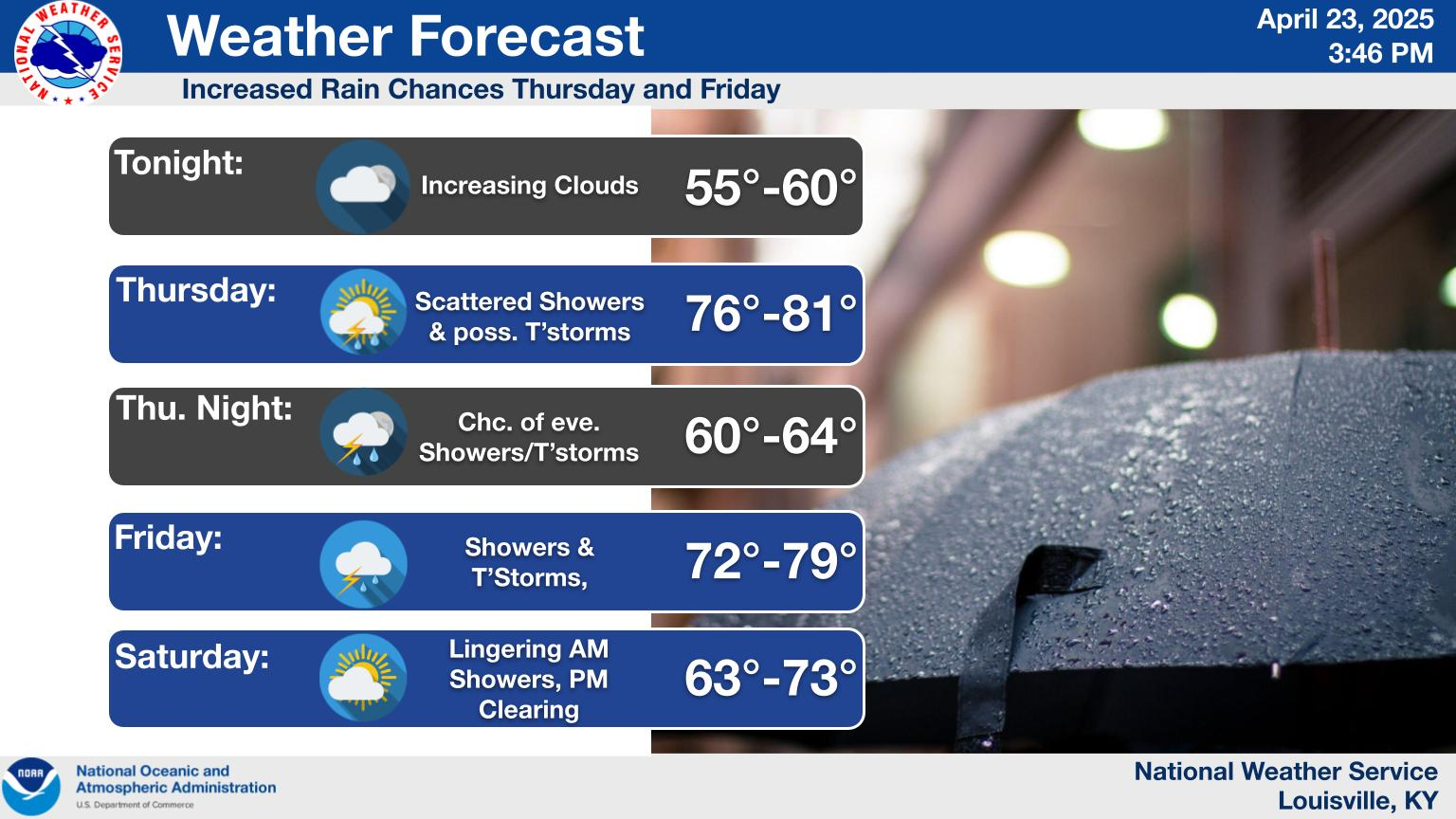
Widespread showers and thunderstorms, some severe, may produce heavy downpours and flash flooding across much of the eastern and central U.S. Dangerous heat will continue in the Pacific Northwest and expand across portions of the East. Deep tropical moisture and associated thunderstorms will bring heavy rainfall and localized flash flooding across portions of Florida into the central Gulf Coast. Read More >
Louisville, KY
Weather Forecast Office
Several days of widespread thunderstorm activity resulted in some amazing amounts of rain over the Lower Ohio Valley during the first week and a half of July. The map below shows the percentage of normal rainfall that has taken place across the region since July 1, 2016:
Zoomed out a bit, we can see a wide band of very heavy rain stretching from Kansas to Kentucky:
The heaviest rainfall observed in the Ohio Valley during this time was 13.91" at the Calvert City CoCoRaHS station in Marshall County. An automated station at Land Between the Lakes received 13.74". In the NWS Louisville area of responsibility the highest amount was 7.53" in Auburn in Logan County.
It wasn't too long ago that the region was on the dry side. Check out the U.S. Drought Monitor from June 28 (the yellow shading indicated areas that were dry):
As an interesting side note, take a look at the rainfall that fell during this exact same period, July 1-9, last year:
Rather similar! Looking at Paducah's rainfall records, July 1-9, 2016 is the 2nd wettest July 1-9 period ever recorded in the city with 6.40" of rain. The #1 wettest first 9 days of July? Set just last year, 2015, with 8.32".
So, how much rain did you get? Become a CoCoRaHS observer and you can tell us every day how much rain falls in your back yard!
Current Hazards
Hazardous Weather Outlook
Storm Prediction Center
Submit a Storm Report
Advisory/Warning Criteria
Radar
Fort Knox
Evansville
Fort Campbell
Nashville
Jackson
Wilmington
Latest Forecasts
El Nino and La Nina
Climate Prediction
Central U.S. Weather Stories
1-Stop Winter Forecast
Aviation
Spot Request
Air Quality
Fire Weather
Recreation Forecasts
1-Stop Drought
Event Ready
1-Stop Severe Forecast
Past Weather
Climate Graphs
1-Stop Climate
CoCoRaHS
Local Climate Pages
Tornado History
Past Derby/Oaks/Thunder Weather
Football Weather
Local Information
About the NWS
Forecast Discussion
Items of Interest
Spotter Training
Regional Weather Map
Decision Support Page
Text Products
Science and Technology
Outreach
LMK Warning Area
About Our Office
Station History
Hazardous Weather Outlook
Local Climate Page
Tornado Machine Plans
Weather Enterprise Resources
US Dept of Commerce
National Oceanic and Atmospheric Administration
National Weather Service
Louisville, KY
6201 Theiler Lane
Louisville, KY 40229-1476
502-969-8842
Comments? Questions? Please Contact Us.







 Weather Story
Weather Story Weather Map
Weather Map Local Radar
Local Radar